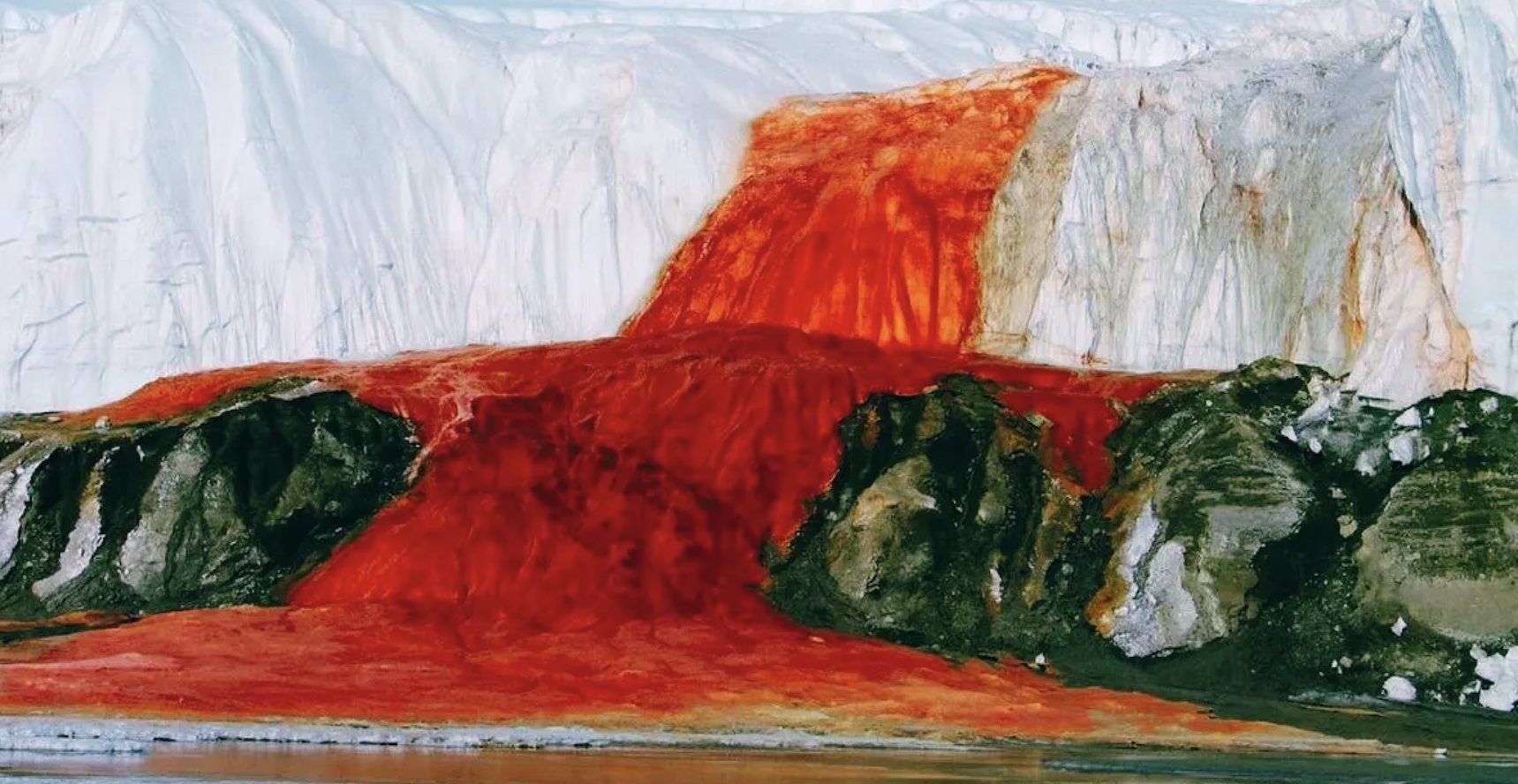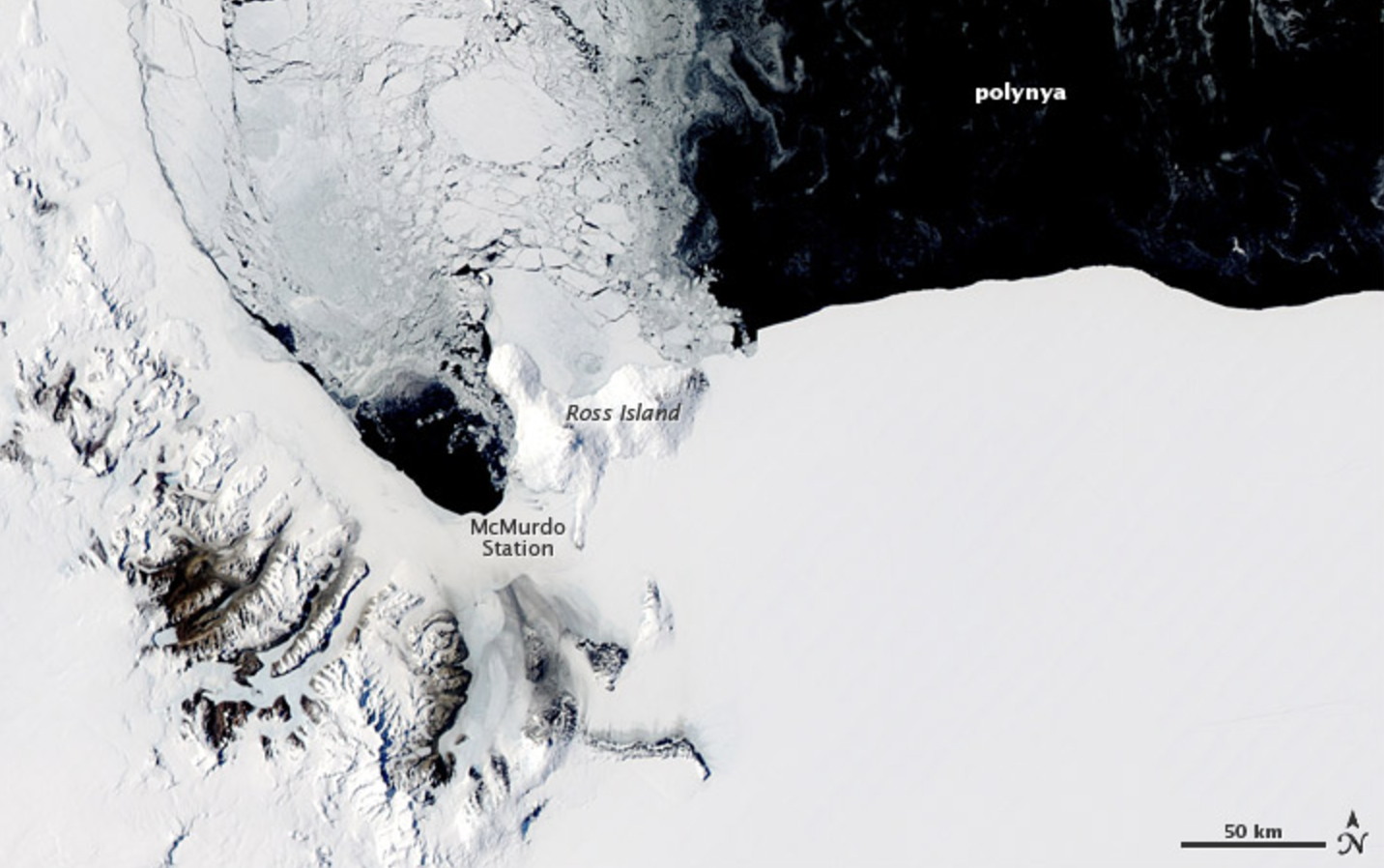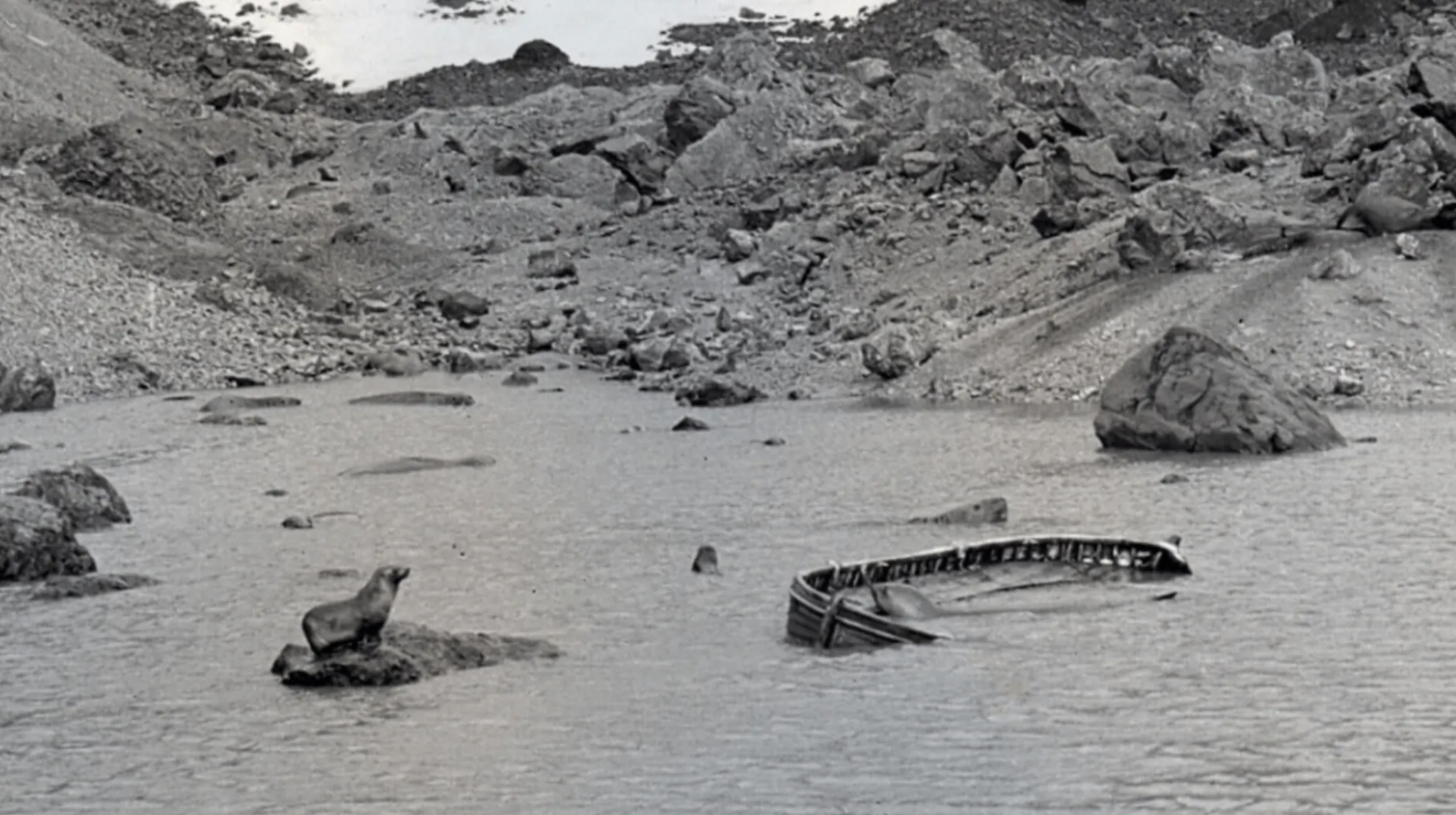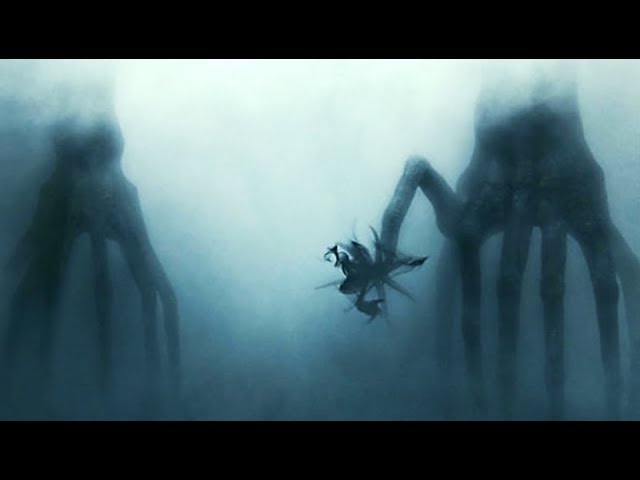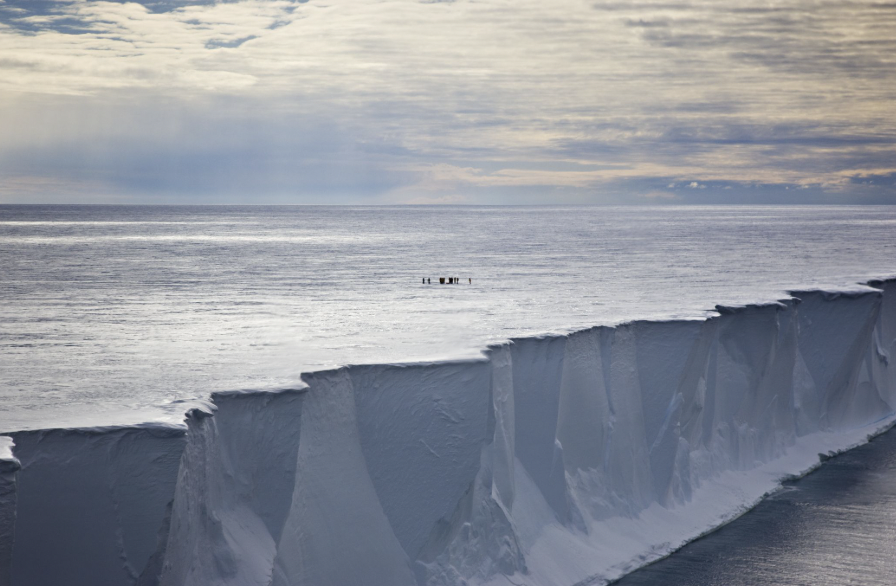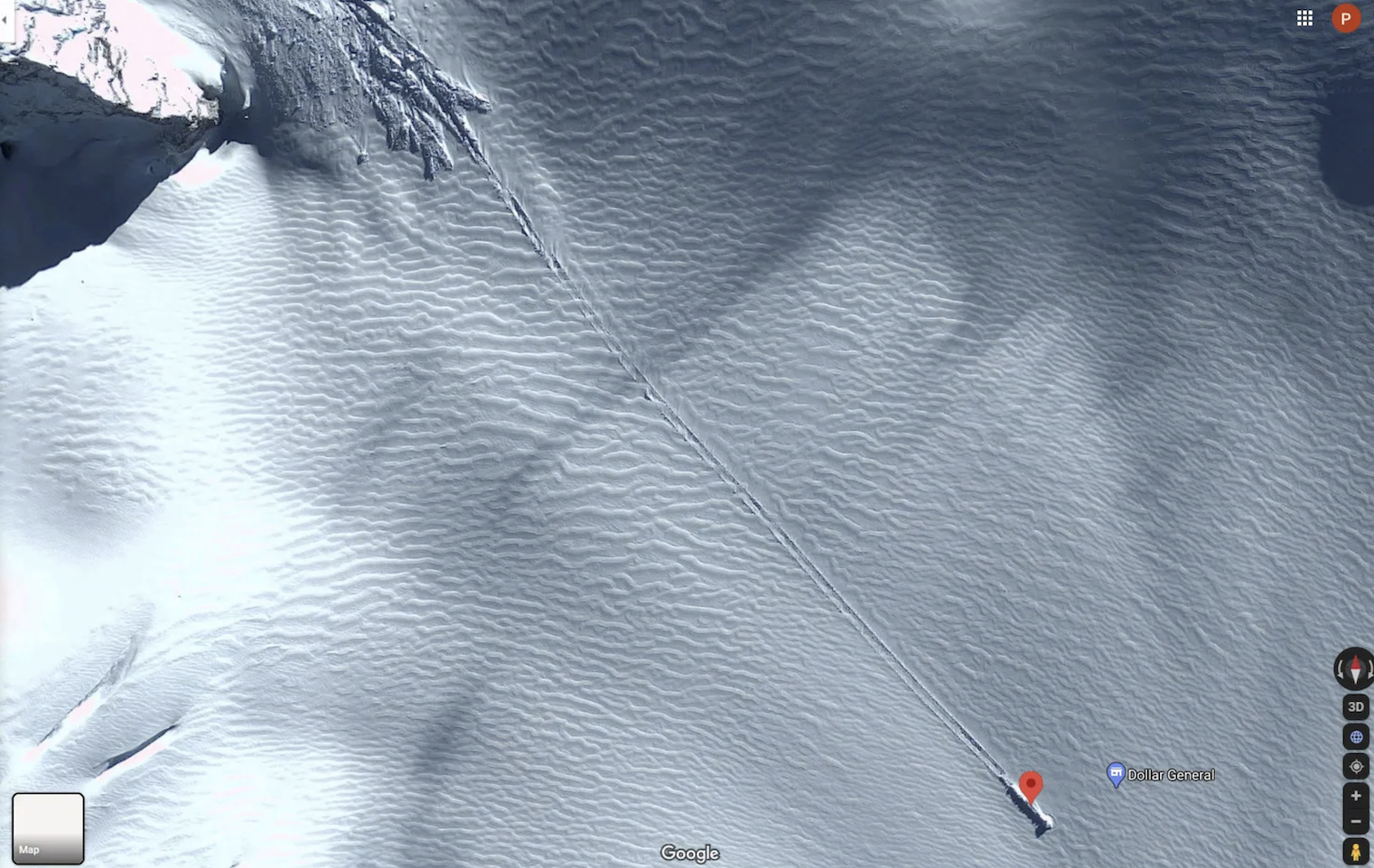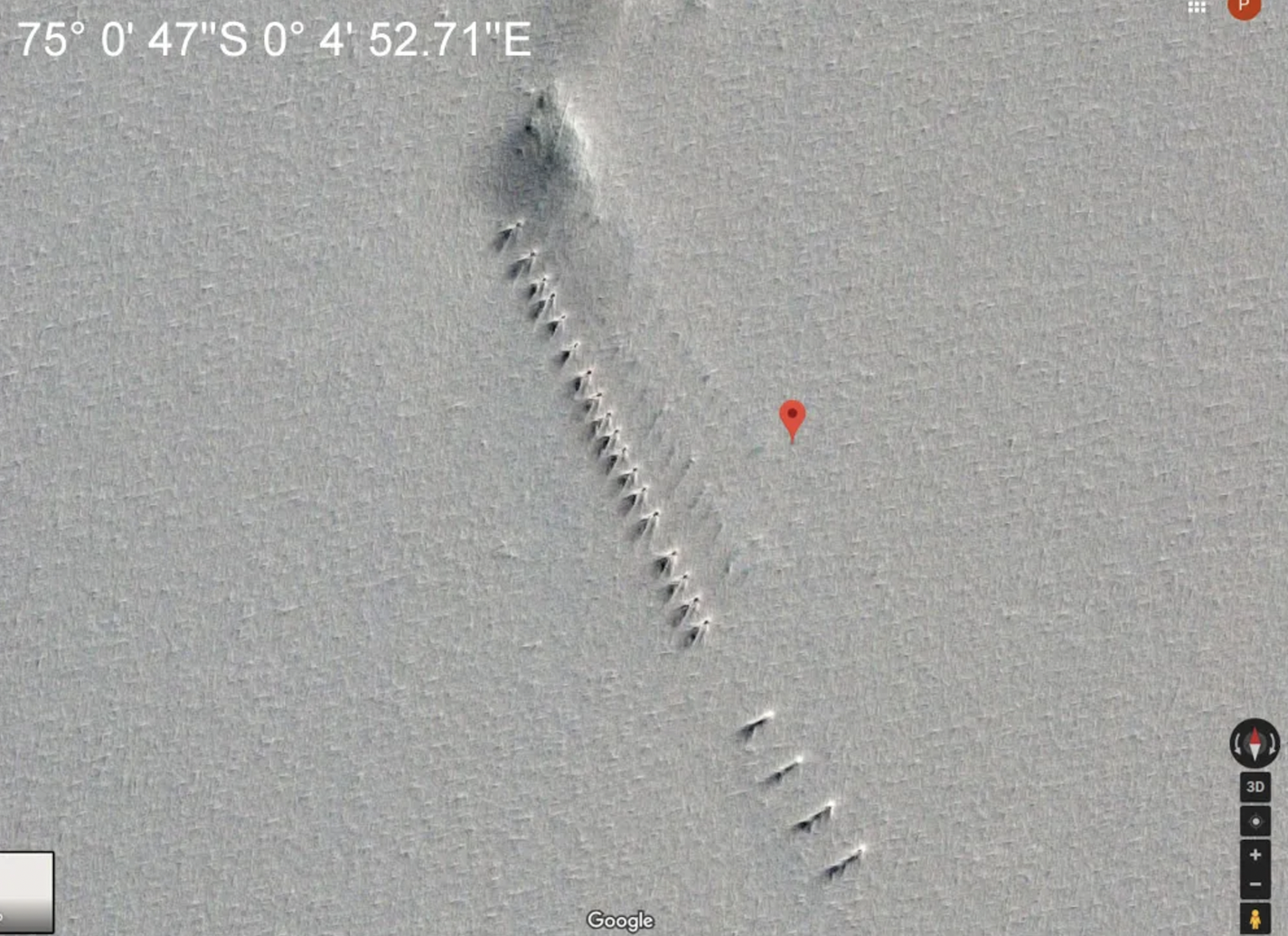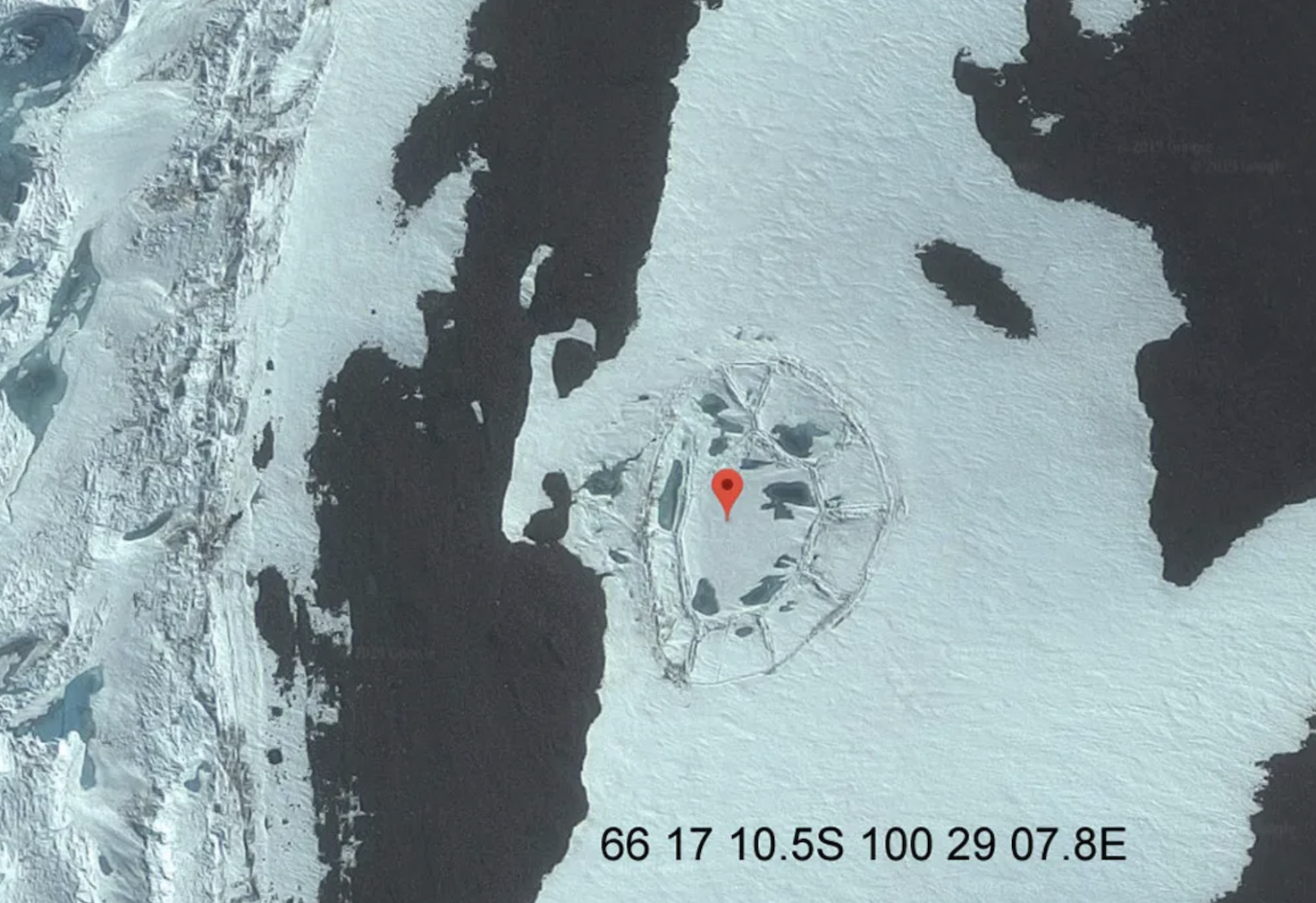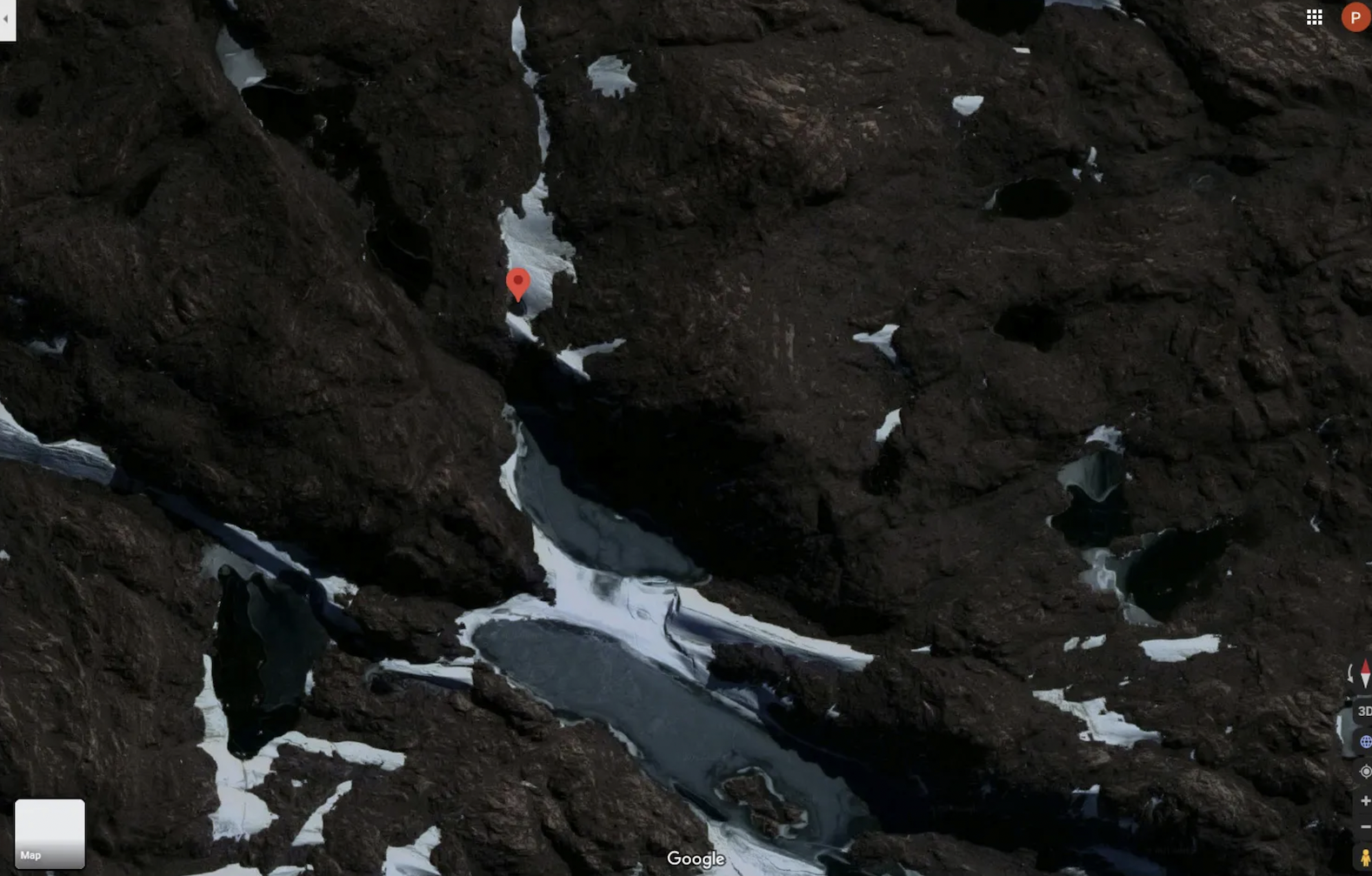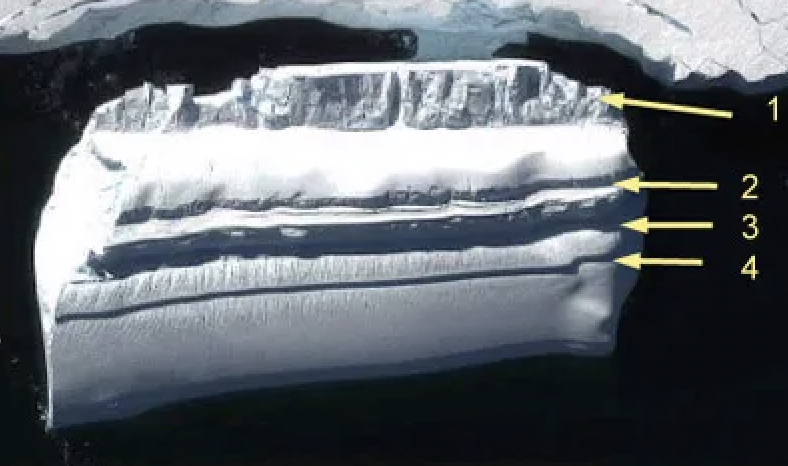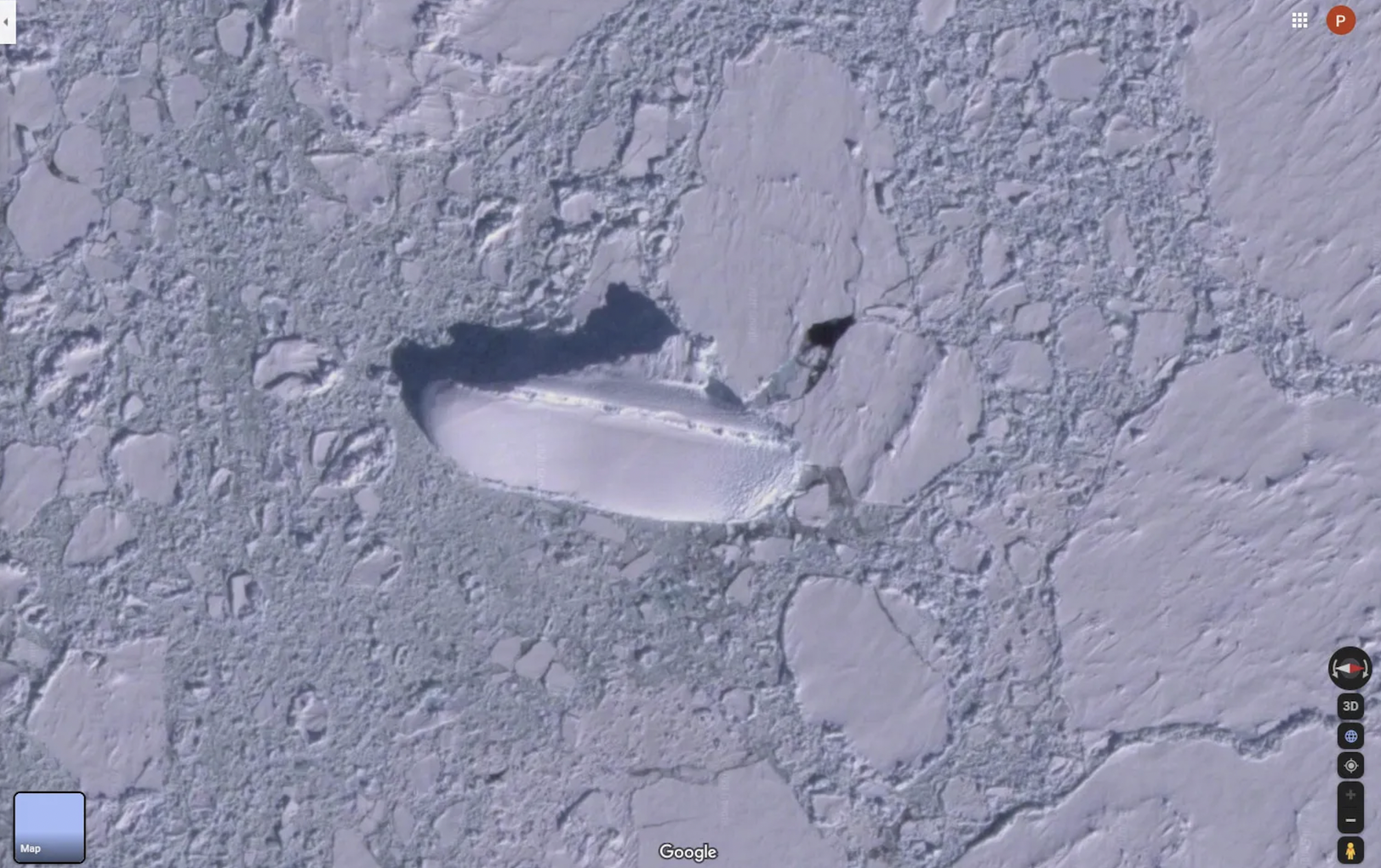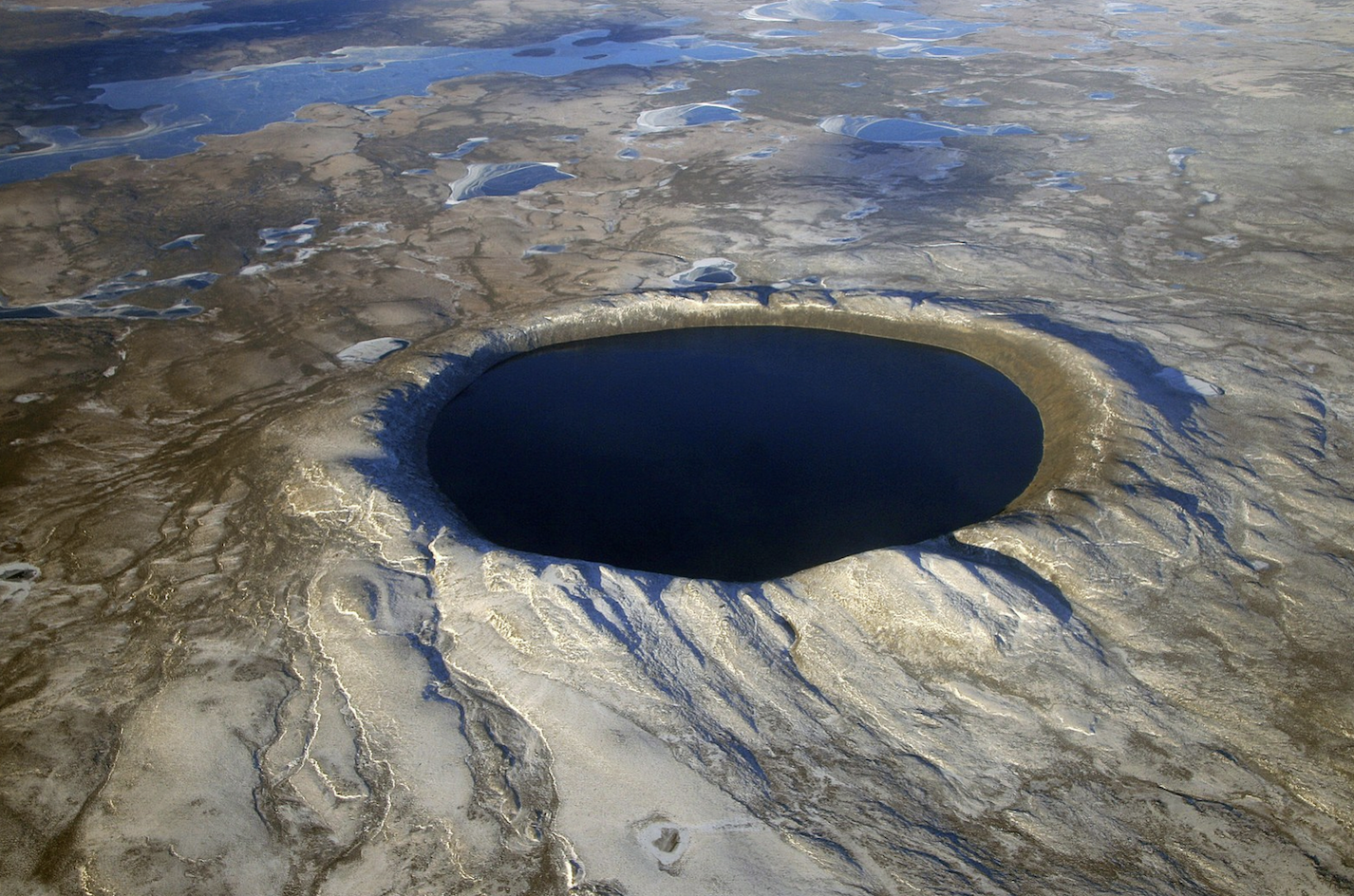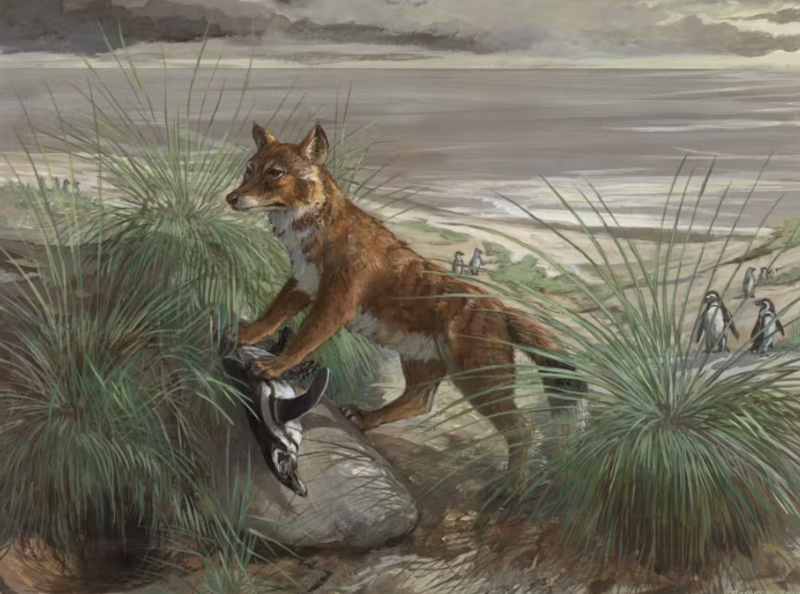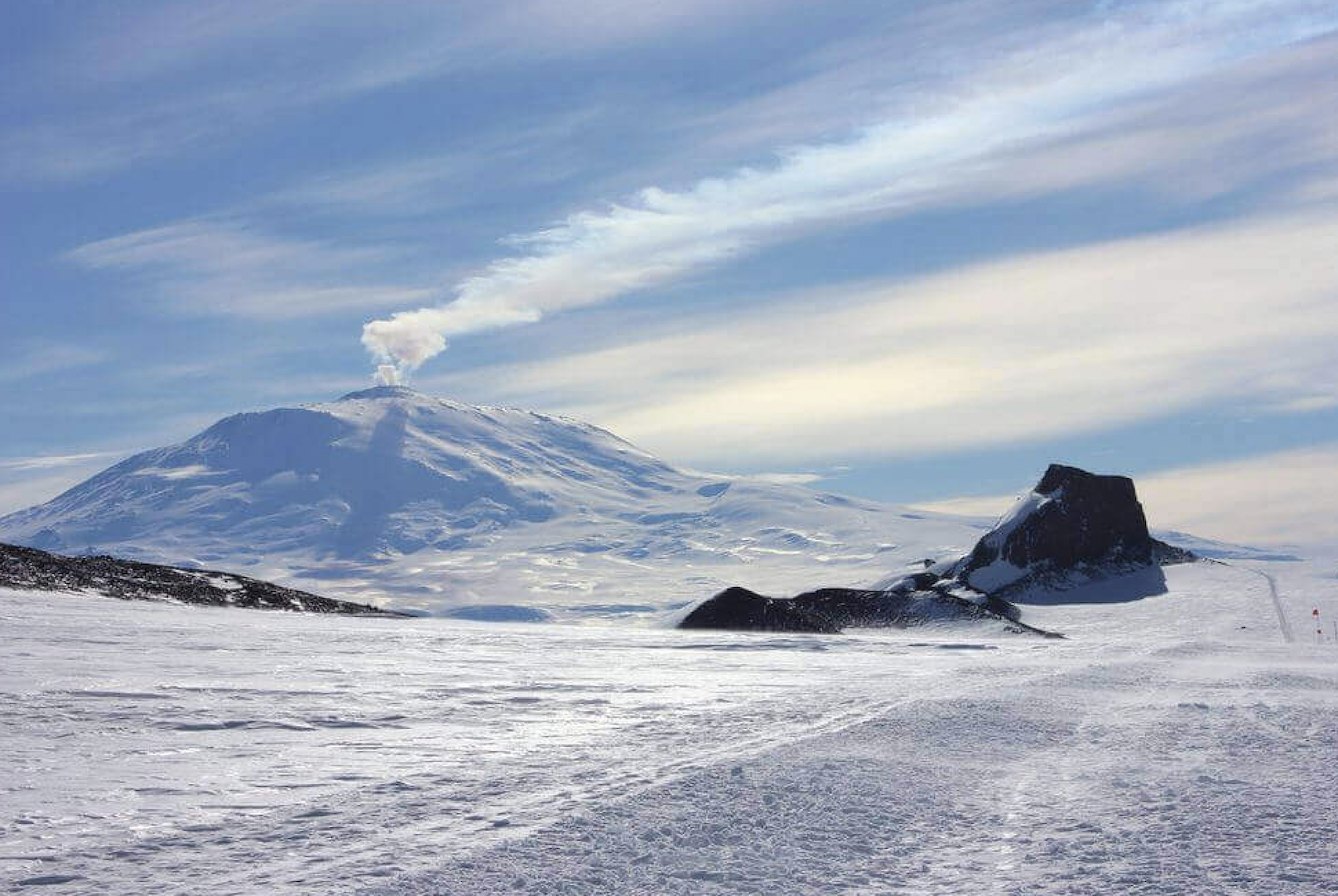10 of the Strangest Mysteries From Antarctica
Antarctica is the end of the world, and we're just not biologically fitted to properly study it.
Published 11 months ago in Wow
Antarctica is quite literally the end of the world, and although us pesky humans have made many inroads to study the 7th continent, there are still many mysteries about the snowy landmass; some solved, some not.
Here are 10 of the strangest mysteries from the end of the world.
1
Waterfall of Blood
In the McMurdo Dry Valley section of Antarctica, a massive five-story waterfall flows into the ocean… but the water is blood red. Fortunately there is no violent crime going on. Instead, glaciers forming over the top of a deep underground lake cut off all oxygen from the water. After that, the extra salty water became iron-dense, and unfreezable. Now, that iron-dense water flows red, and onto powdery white snow.
4
The Lake Vostok Monster Octopus (Organism 46B)
When Russian scientists breached a sub glacial lake for the first time in 2012, rumors swirled that they encountered a prehistoric and deadly shapeshifting octopus. Obviously this is untrue, and while the lake does contain microbial life, it is unlikely anything larger can survive the extreme conditions.
6
Screaming Ice
The Ross Ice Shelf is the largest in Antarctica, and it has a special secret; it makes noise. Wind blowing over the ice dunes trigger a harmonic response, causing audible seismic activity. The sound is too deep for human ears, but scientists use the noise to keep an eye on the ice shelf.
13
Inconsistent Gravity
Northern Wilkes Land in East Antarctica might actually have slightly stronger gravity than the rest of Earth. How? Scientists believe the site sits above a massive crater, possibly the result of an ancient asteroid impact crater from 250 million years ago, multiple times the size of the one that took out the dinosaurs. Of course, this change in gravity is imperceptible to humans.
14
The Wolf
When Europeans first landed on the Falkland Islands in the 1600s, they were shocked to find a wolf-like creature there. With no other mammals on the islands, the Falkland Islands wolf or warrah, seemed impossible. DNA evidence indicates that a common canid ancestor likely walked to the islands during the Last Glacial Maximum.
15
Mount Erebus
Mount Erebus is the world’s most remote active volcano, and due to the extreme conditions around it, scientists have struggled to visit it more than a handful of times. The peak contains organisms living off the volcano’s thermal activity, which are said to be the most unique organisms in the world.

